Polyurethane Resin
HAPCO Resin
HAPCO makes high quality, industrial grade resins. I've tested their HAPCO ULTRACLEAR 480 N-20 for several years now, and it doesn't not yellow at all, even when exposed to direct sunlight. The downside is that the curing process is much more sensitive to the type of silicone used for molding, and the mold release agent (Only use Hapco brand mold release). It also has much more aggressive adhesion, and therefore does not release from the molds as well, especially older molds. It must be cured at 80C for about 16 hours to fully cure, otherwise it will take a long time to cure. I had to make a custom heated pressure pot for this process.
ALUMILITE
I now longer use Alumilite resin because it yellows after 1-2 years, even sitting indoors with no exposure to UV. The yellowing is not noticeable when the resin is colored, but clear areas of the resin turn yellow and affect the appearance of the knife handles.
- Clear - This is the most commonly used resin for pen turning and knife handles. The cure time is 7 minutes, which doesn't give a whole lot of working time. You have to move quickly if you want to degass in a vacuum chamber before going to a pressure pot. The main reason that I degass is to get the alumilite sucked into every little crack and crevice.
-
Clear Slow - NOTE: After thinking that clear slow would be the answer to my desire for extended cure time, I bought some and tried it. All my attempts at casting with this failed due to bubbles and foaming. I was told by Curtis at Turntex that this is an issue with high humidity and or moisture in the airlines. I moved to a better air conditioned space with lower humidity and installed a moisture removal system on my air lines. Nothing made a difference. Considering that the Clear regular continues to work well under the same conditions, I'm convinced this is a bad batch of Clear Slow. I've also spoken with other makers who live in much dryer areas of the country (essentially 0% relative humidity) and have experienced the same foaming or bubbling issues with Alumilite Clear regular.
I've found that the standard clear doesn't give much time for mixing colors and degassing in vacuum for features that require the removal of trapped air. Clear Slow has almost twice the open pot time (12 min) and will allow for more time to degass before putting in the pressure pot. https://www.turntex.com/product/casting-with-alumilite/alumilite-clear-slow8-lb-kit-detail
Epoxy Resin
-
Liquid Diamonds - I had high hopes for this resin due to the long pot time. Yes it achieves crystal clear finish with no bubbles and allows for a lot longer working time for complex parts, but it never became as hard as Alumilite. Alumilite will not dent if you press your fingernail or other objects in it, yet it is not brittle. Even weeks after curing, Liquid Diamonds is still soft enough to dent with my fingernail.
- West Systems 105 Resin and 207 Special Clear Hardener - Bubble-Free Casting in Knotholes and Cracks
To be continuously updated...

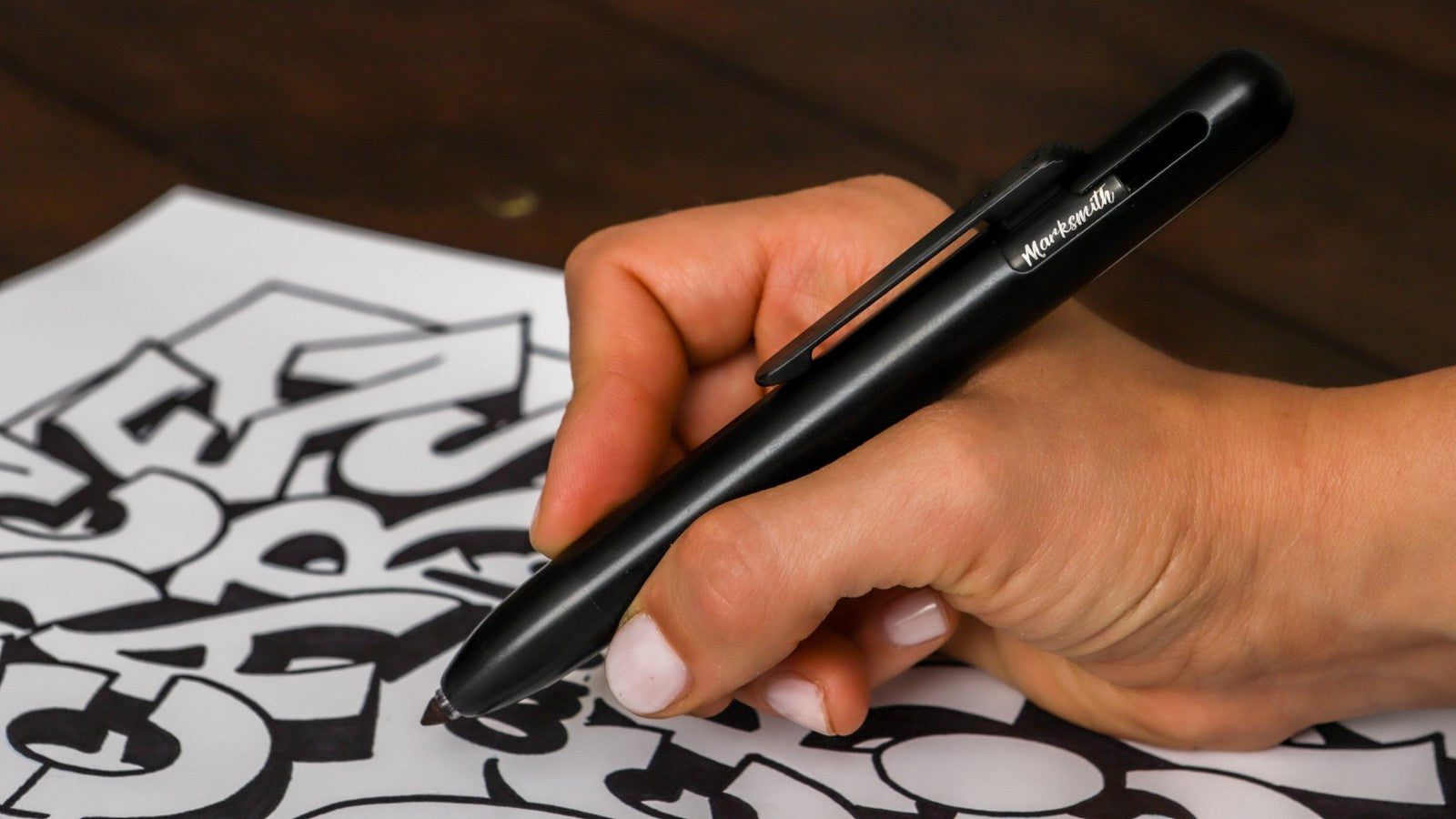
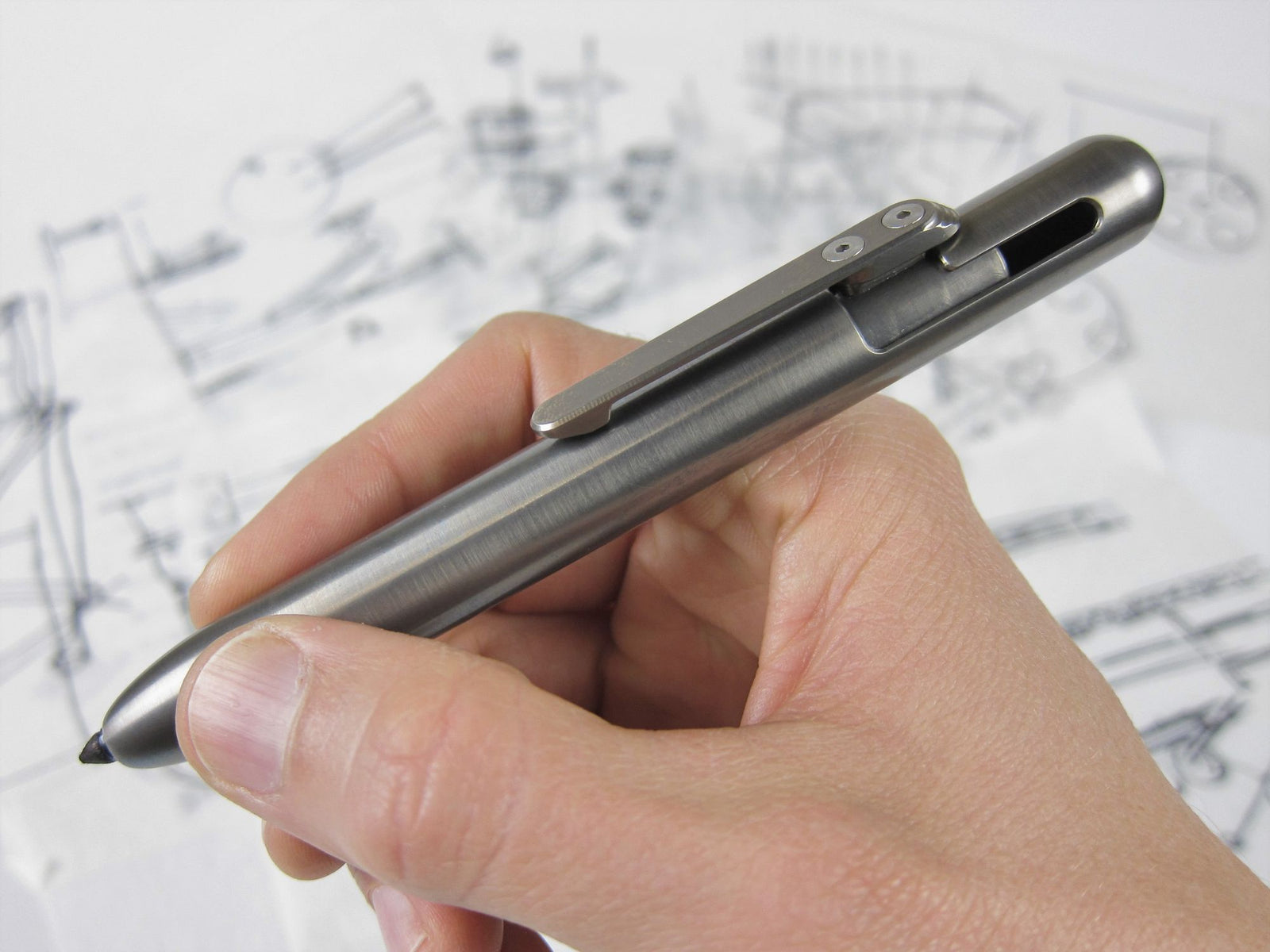
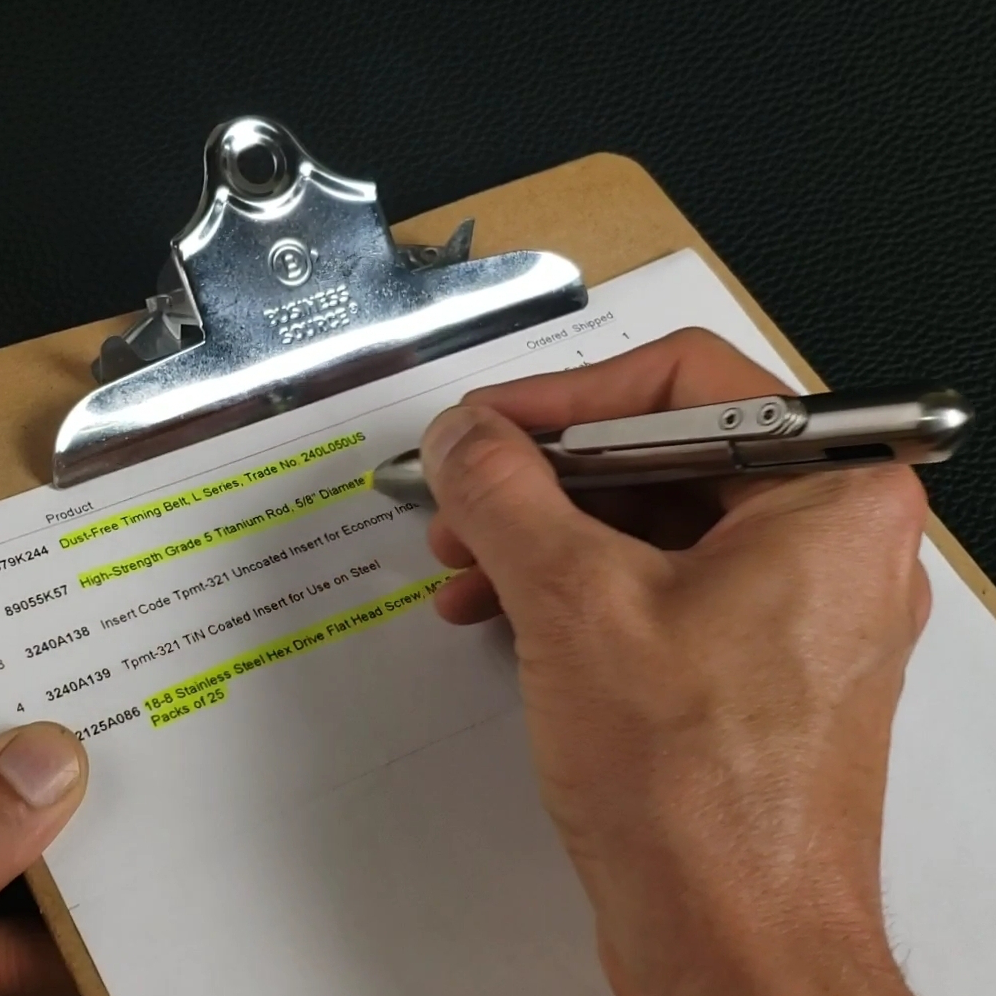
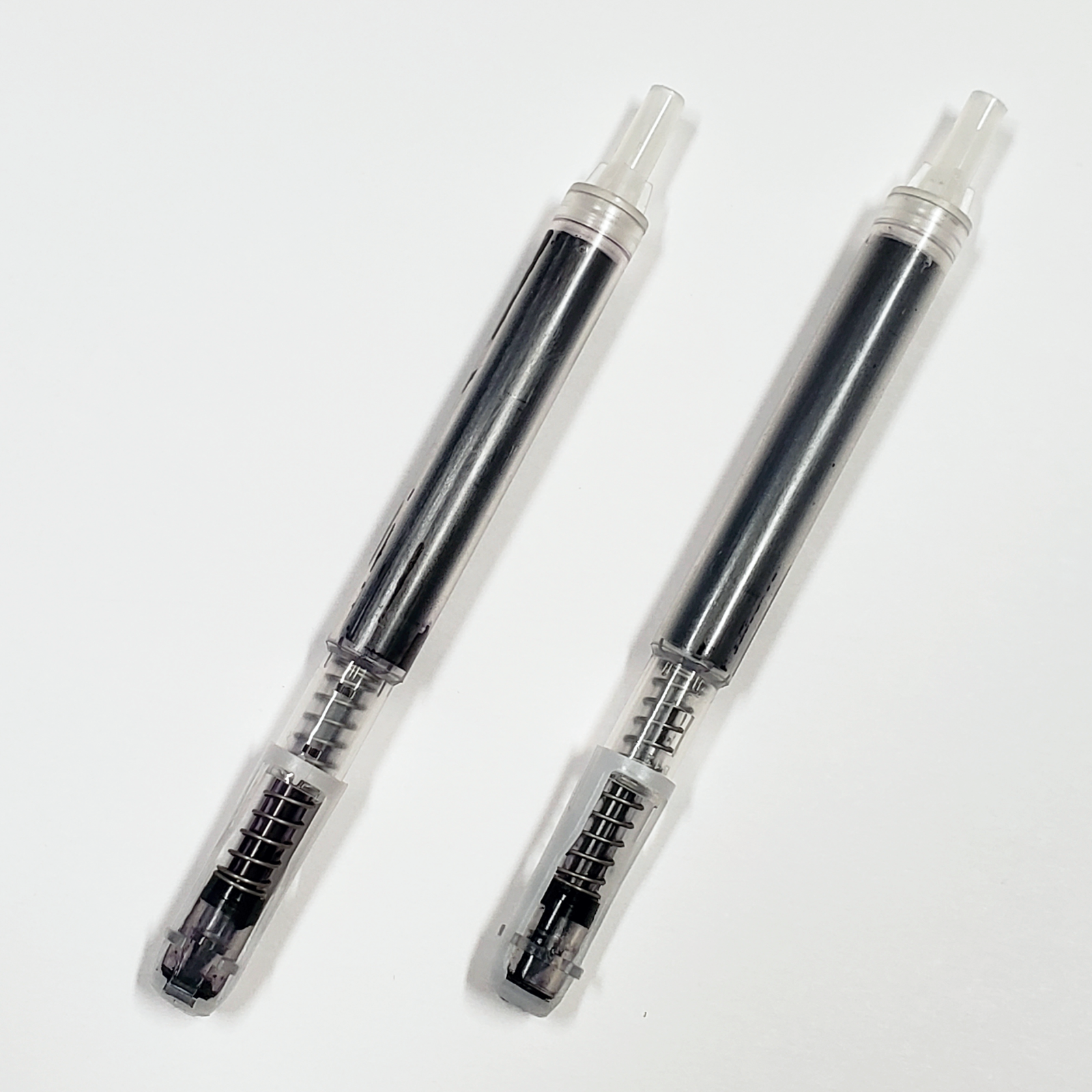
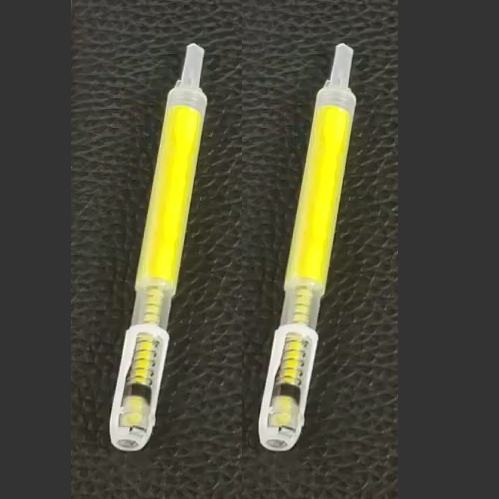
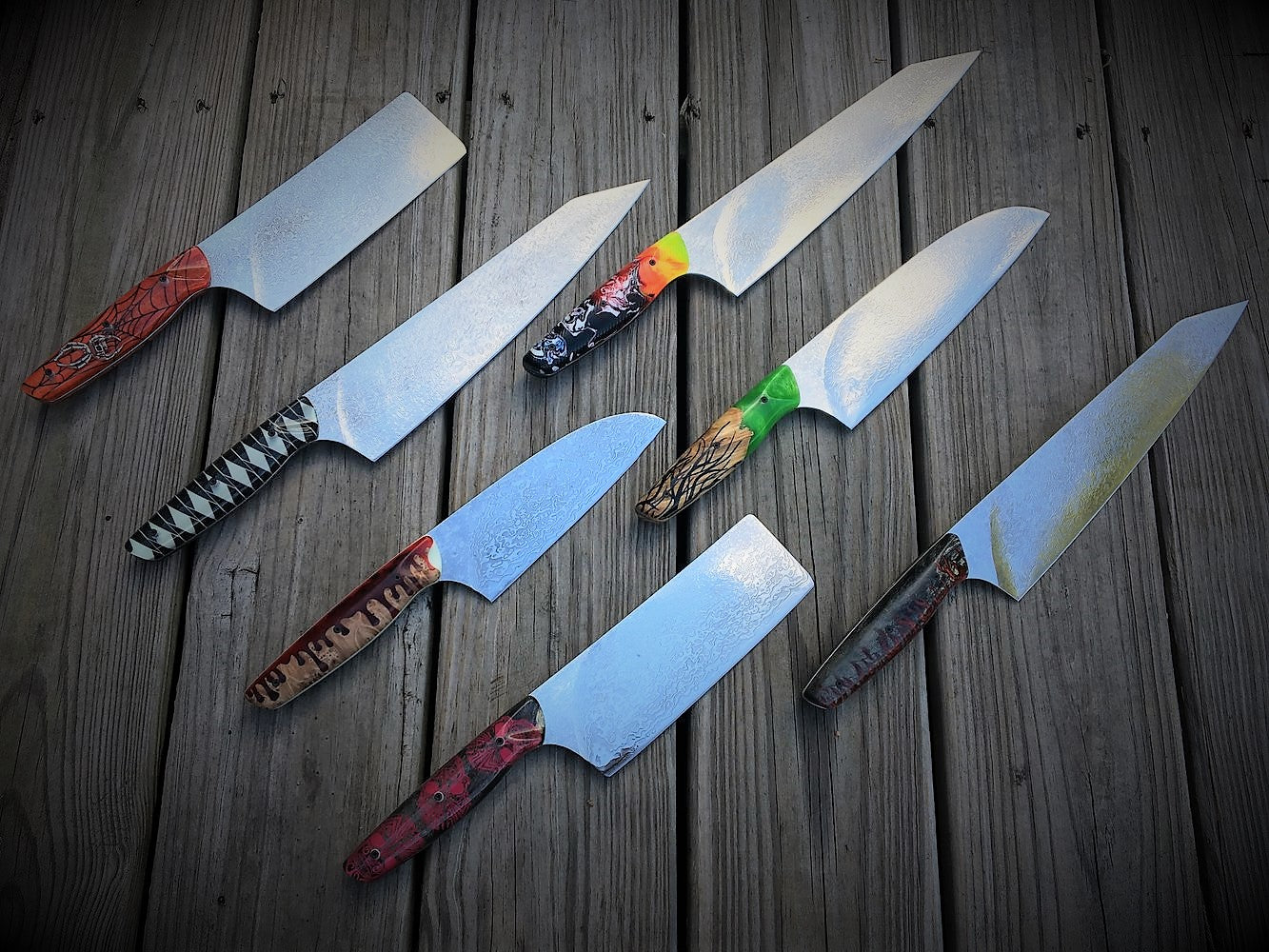



Leave a comment (all fields required)